Aizu Tajima Gion Festival
Have you ever heard of the Gion Festival in Fukushima Prefecture? You can see a Japanese bridal walk from the morning and enjoy kodomo-kabuki after that. You can see, and enjoy the Gion Festival in Aizu all day long!
Three days from 22 to 25 July, the “Aizu Tajima Gion Festival” is held every year in the Tajima area of Minami Aizu Town, Fukushima Prefecture. The Aizu Tajima Gion Festival is one of Japan’s three major Gion Festivals, along with the “Kyoto Gion Festival” and “Hakata Gion Yamagasa.” Aizu Tajima Gion Festival has designated as an important intangible folk cultural asset of Japan because the festival has more than 800 years’ history.
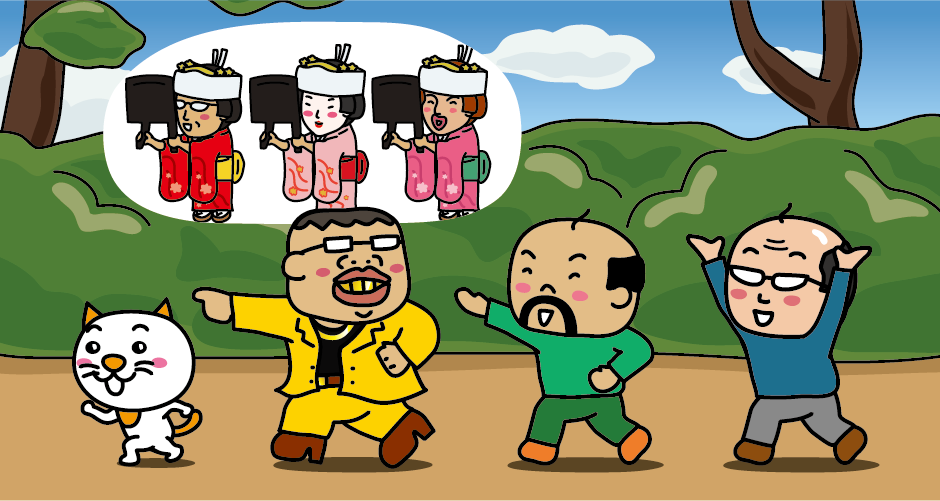
You cannot miss “Nanahokai Gyoretsu” held in the early morning of 23rd. Women in gorgeous bride costumes walk through the town. This walk is called “the best bride walk in Japan.” Many photographers and tourists wait for them at the roadside. It used to be said that this event is to find brides for unmarried men.
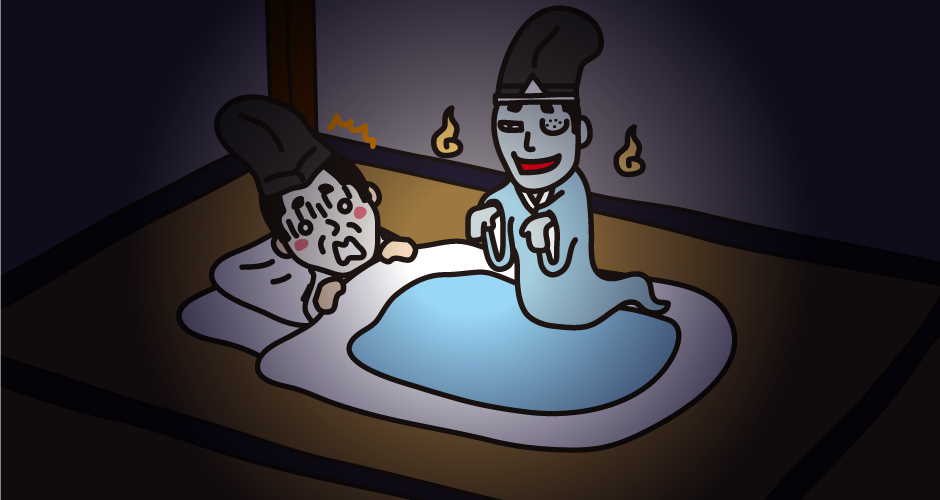
A long time ago, epidemics were said to be caused by a curse of evil spirits in Japan. People believed that it is necessary to calm the evil spirits down to control the disease.
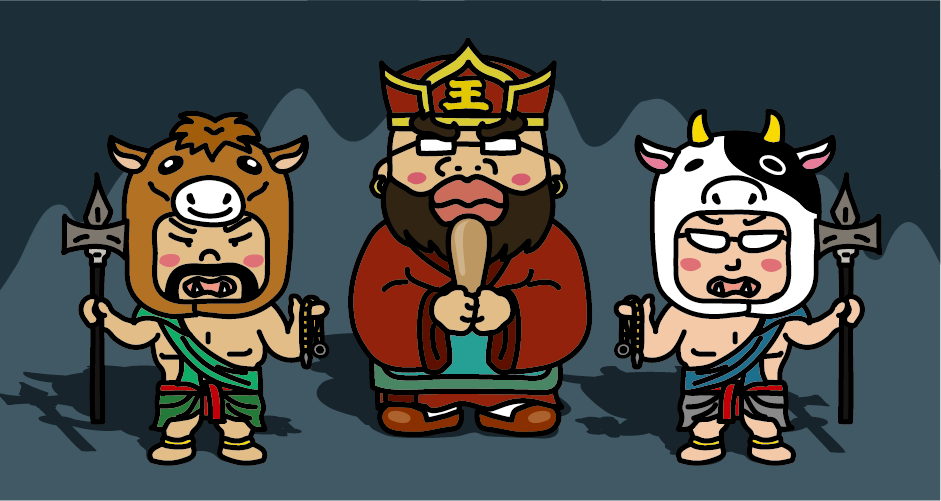
At the end of the 12th century, the lord of the time, Munemasa Naganuma, worshiped Gozu Tenno, who was believed to be the evil spirit. It was the beginning of the Aizu Tajima Gion Festival. This festival was held for Gozu Tenno to enjoy and prevent the spread of disease in the hot summer. Gozu Tenno is a Buddhist god with a human body and a cow head. Gozu Tenno is also a servant of the great king Enma, the master of hell together with Mezu Tenno, whose body is human, and the head is a horse.
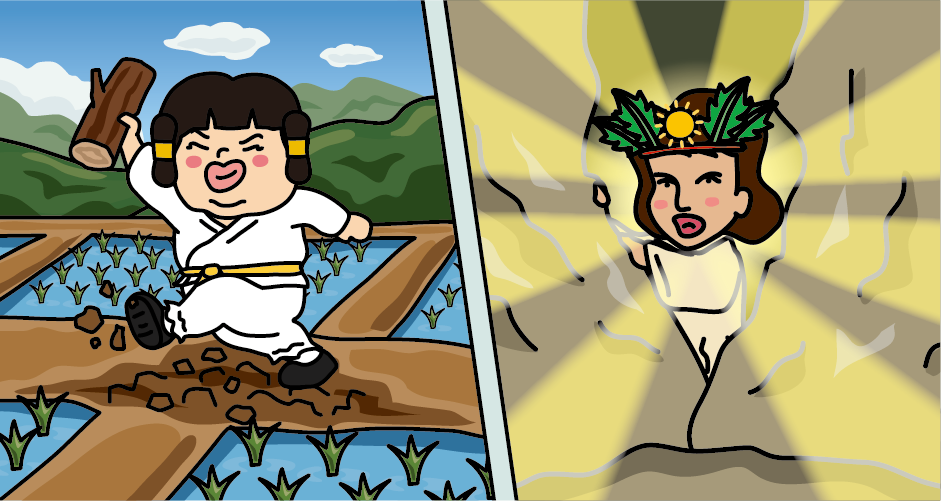
Besides, Susanoo no Mikoto, the younger brother of Amaterasu, also plays the role of an evil spirit, so Gozu Tenno and Susanoo no Mikoto are considered as the same god.
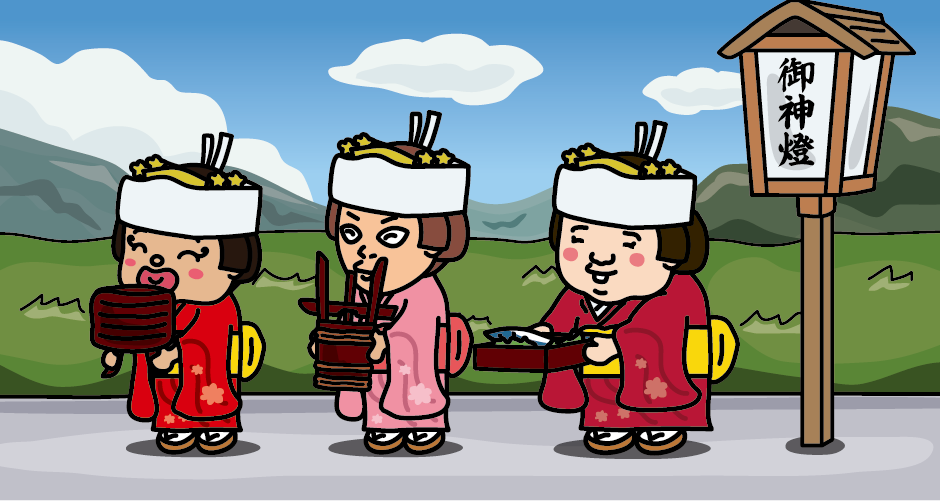
In the early morning of the 23rd, about 30 unmarried women in bridal costume walk to the shrine. They carry seven boxes of “Hokai,” which are containers to dedicate offering to the god. They devote sake, red rice, and mackerel by using Hokai.
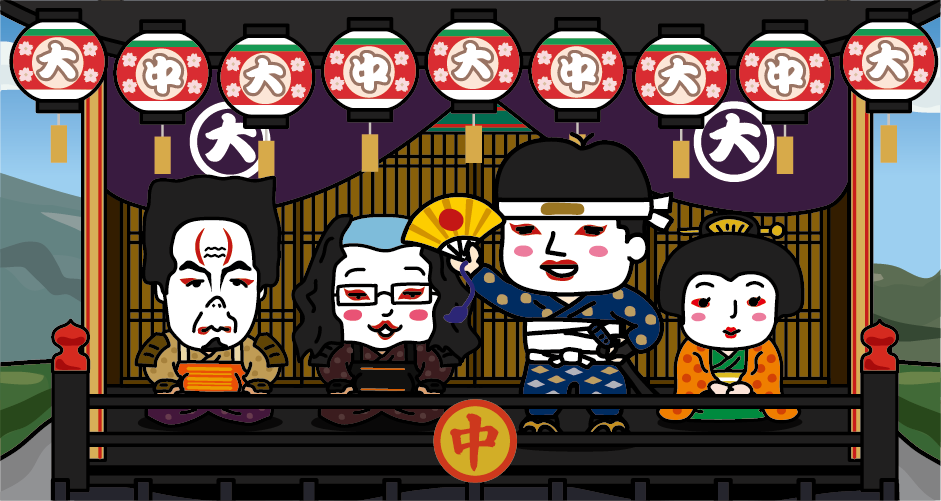
On 22nd and 23rd, kodomo-kabuki (Japanese classical drama played only by children) will be performed on the large stall. Children have performed this kabuki on stall since the Edo period, but at the beginning of the Meiji era, children’s performance temporarily suspended because it was “not educationally desirable.” In the Heisei era, the movement to retrieve kodomo-kabuki gathered strength. In 1994, kodomo-kabuki was revived for the first time in about 110 years.
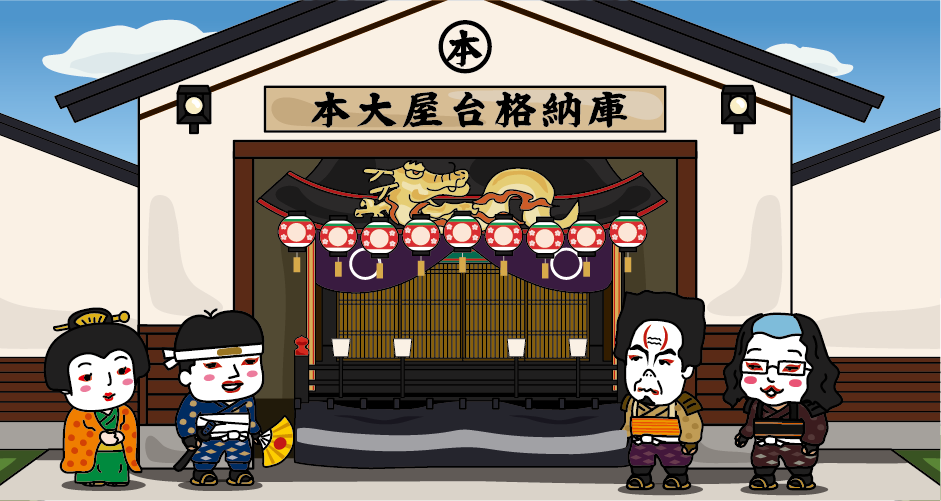
There are four large stalls operated at the Gion Festival, and after the festival, they will be stored in the storehouse. From April to October, it is open to the public on the third Sunday of every month.
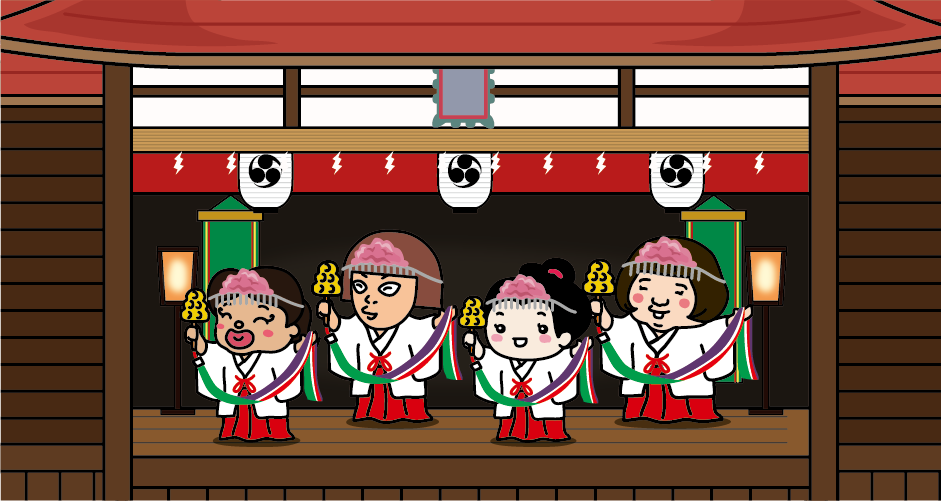
On the afternoon of the last day of the Gion Festival, “Daidai Okagura” will be performed at the Kagura hall of the shrine. This Kagura is a silent Kagura with no lines. There are 13 dances such as “Tenchikaibyaku (Japanese creation myth),” “Chinakujin (calm evil spirit),” “Iwatobiraki (Opening of the door of the heavenly cave),” and “Urayasunomai (Dance of Urayasu).”
Access to Aizutajima
It takes about 10 minutes from JR Tokyo Station to JR Ueno Station by JR Keihin-Tohoku Line. Transfer to the Joban Line (rapid train) at JR Ueno Station to get to JR Kita-Senju Station in about 10 minutes. At JR Kita-Senju Station, transfer to Tobu Kita-Senju Station, and from Tobu Kita-Senju Station take the Limited Express Revaty Aizu-go to Aizu Railway Aizutajima Station in about 3 hours. Get off at Aizu-Tajima Station.

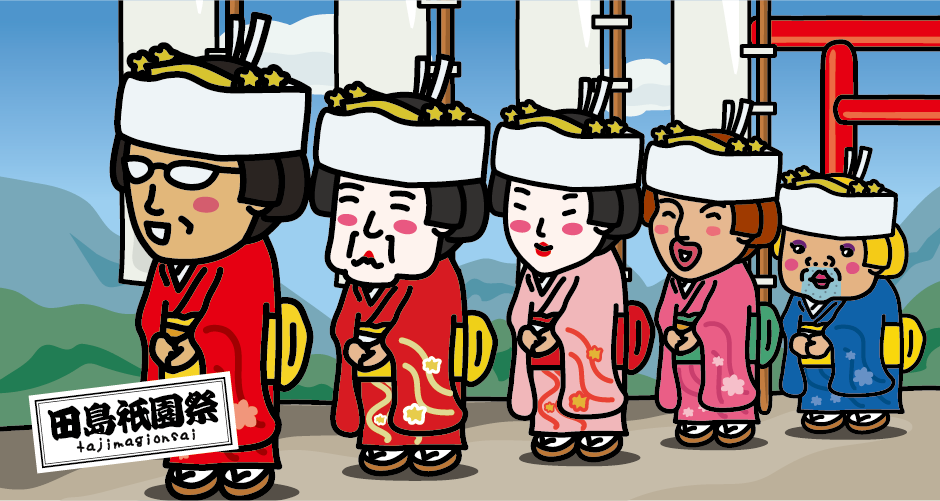


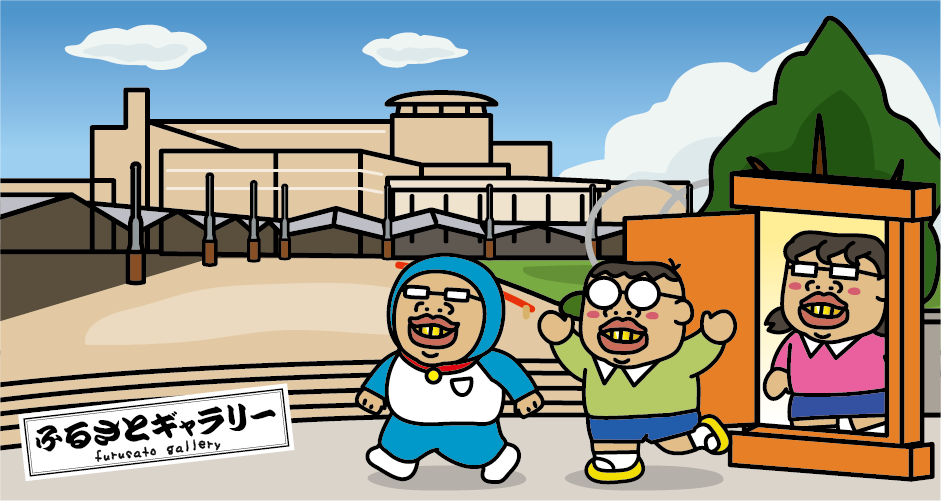
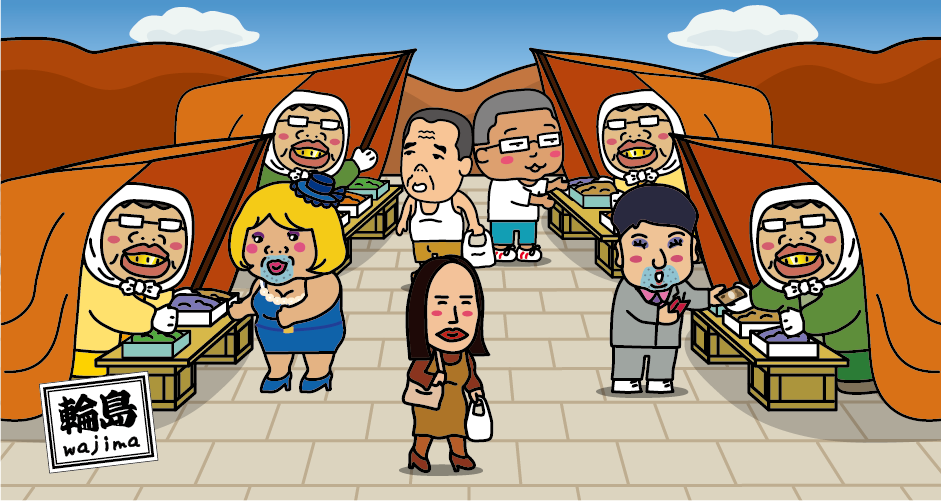
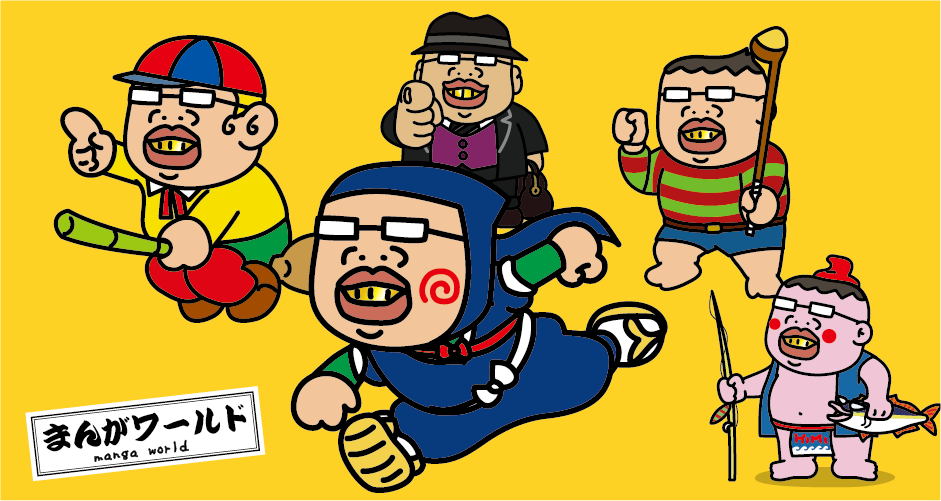
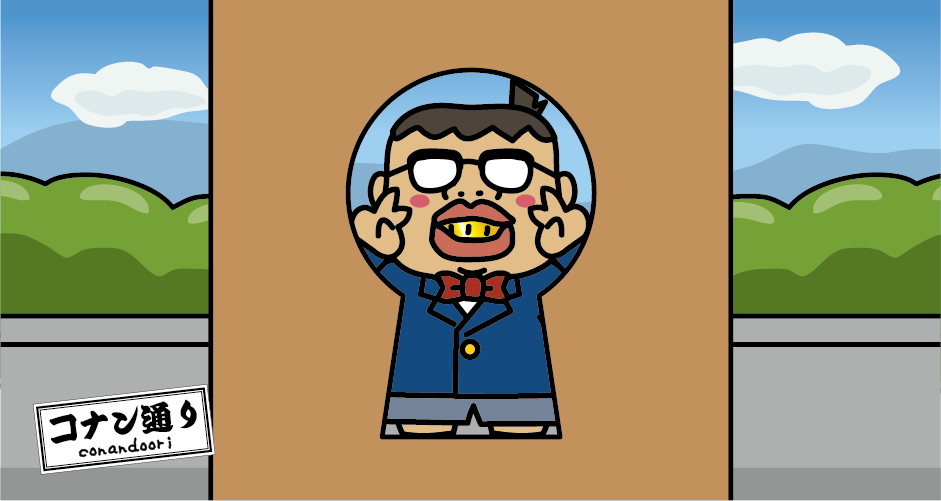
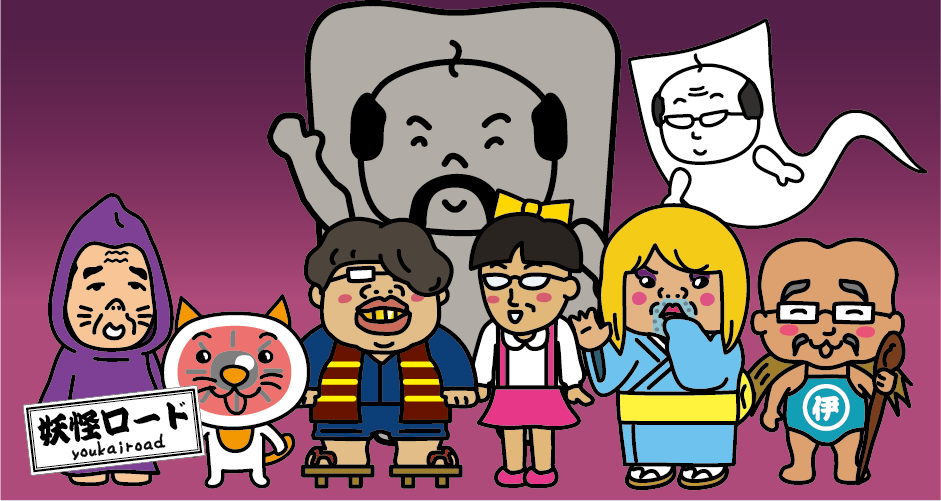

You need to login to comment on an article.